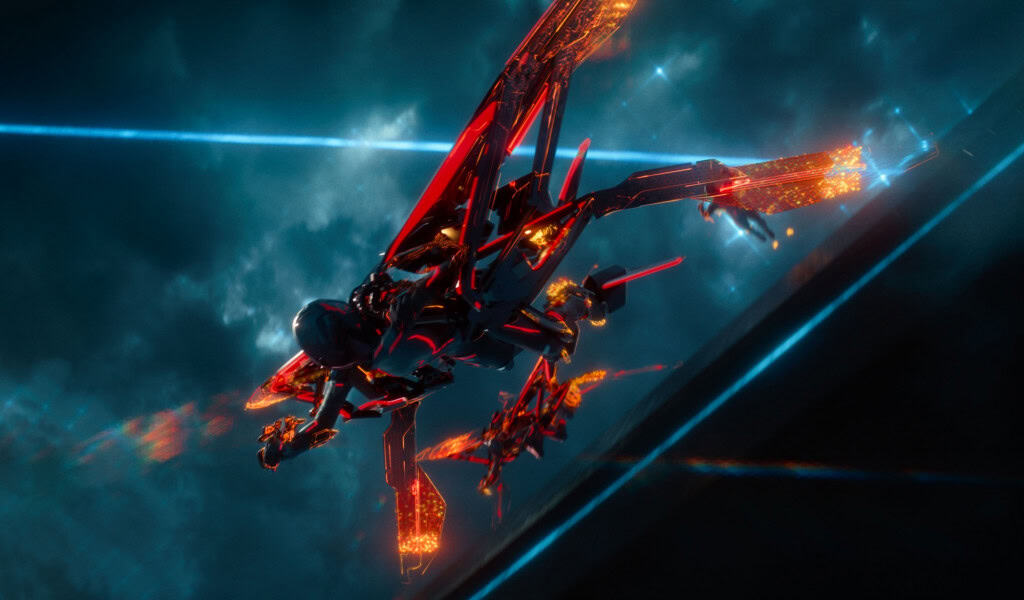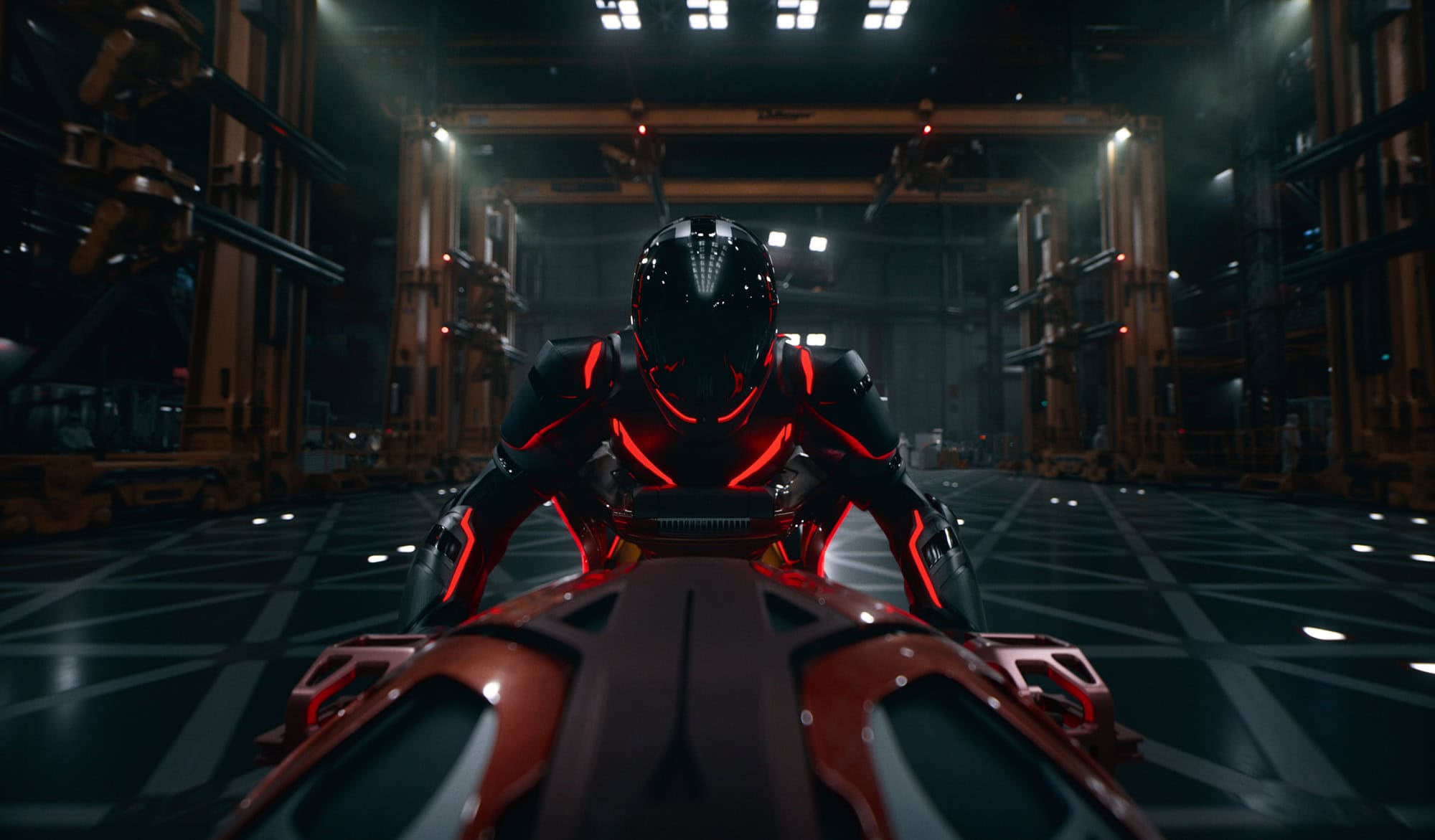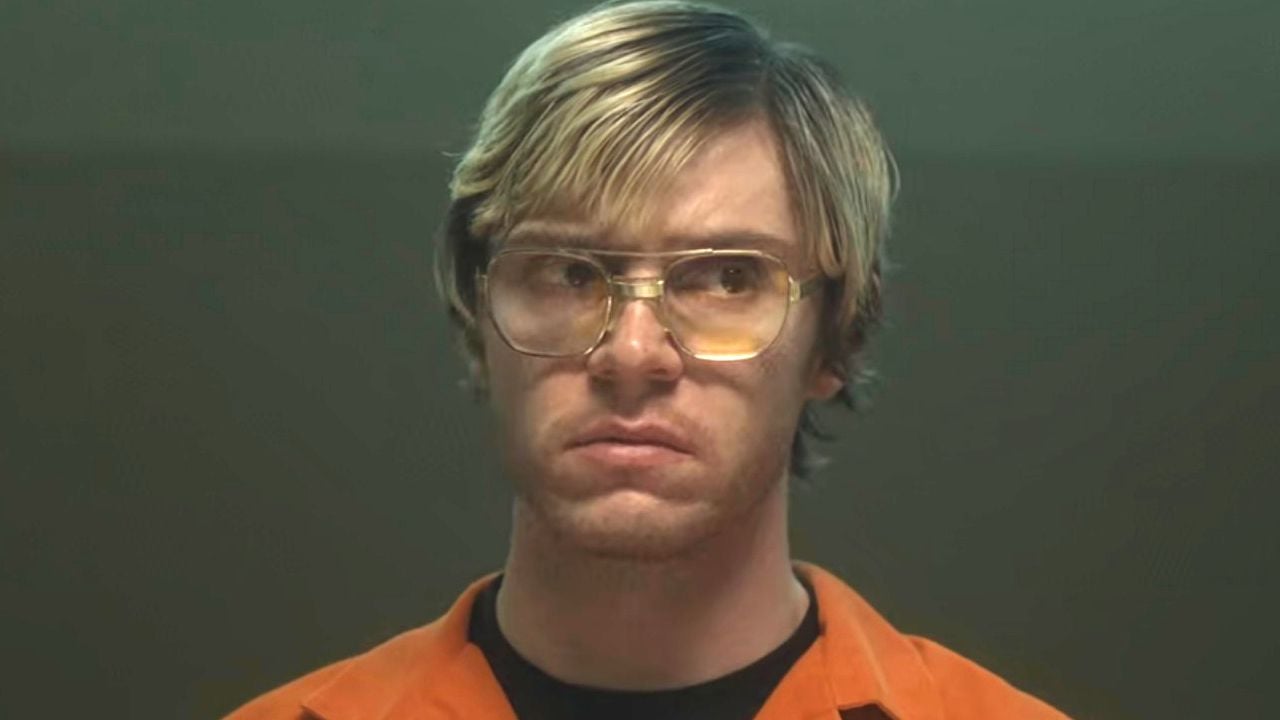The film Tron: Ares in Brazilian cinemas with a premise that speaks to the present: a Program (digital entity of the franchise) is sent into the real world, marking the first human contact with a (AI) off the Grid, the virtual environment of the saga. Directed by Joachim Rønning and the cast brings together Jared Leto, Greta Lee, Evan Peters, Jodie Turner-Smith, Hasan Minhaj, Arturo Castro, Cameron Monaghan, as well as Gillian Anderson and Jeff Bridges.
Tron: Ares places franchising at the center of the debate tensioning the boundaries between software and flesh. How does an agent created to execute commands behave in the physical world? And what impacts does this experience have on daily interaction with algorithms, from feeds to purchasing recommendations?
Synopsis and Context: Where Ares enters the timeline
AI with a body: When the “Program” gains autonomy off-screen
In Tron: Aresthe protagonist no longer exists exclusively as code and needs to interpret the context, read ambiguous signals and make decisions under the constraints of the real world – challenges that today limit outside of controlled environments. By moving the action to the street, the film exchanges the “perfect cue” for unpredictable situations, bringing fiction closer to the dilemmas of that already surround systems connected to objects and infrastructures.
Director Joachim Rønning used a classic reference to explain the evolution of this agent: “Not to be a cliché, but I always thought of him a bit like Pinocchio. Ares wants to be a real boy,” he said Empire. Speech helps you understand the dramatic arc without resorting to jargon: the focus is not just on processing power, but — themes present in the debates on the autonomy of the system.
From the network to the streets: practical effects that seem real
While Tron was born as a showcase for computer graphics, Ares bet on physical sets and vehicles to “root” the aesthetics of the franchise in everyday life. The iconic for example, they were built from life and filmed in motion, which gives weight to the chases and avoids an overly digital look.

The use of constructed scenarios affects the perception of risk and the presence of characters. By filming actors interacting with tangible environments, the production creates a visual vocabulary that brings the spectacular closer to the plausible – a logic similar to that of prototypes and “proofs of concept” in .
Games as mirrors: systems design and player culture
Since 1982, Tron articulates its mythology with the: clear rules, visual feedback and progressive challenges. Ares maintains this DNA, updating it for an era where engines and assets cross cinema and gaming, while real-world events, such as conventions and championships, shape communities and products.
In practice, the film works as a : neon visuals, interfaces that communicate the state of the system and scenarios almost like arenas. Elements that speak to the franchise’s history in video games and immersive experiences beyond the screen.
Ideas that “filter” into everyday life: identity, security and interfaces
The artifacts of Tron — disks that concentrate data, vehicles that draw walls of light and environments modulated by system rules — function as metaphors of which can be created and destroyed quickly.

The Program’s arrival in the physical world raises questions close to those following generative artificial intelligence and autonomous agents: how to control decisions? How to handle biases when the machine leaves the lab? Tron: Ares offers a “narrative sandbox” for thinking about applications and limitations, using the language of entertainment.
The post Tron: Ares brings artificial intelligence to the real world and explores connected life appeared first on Olhar Digital.
Source: Olhar Digital
Rose James is a Gossipify movie and series reviewer known for her in-depth analysis and unique perspective on the latest releases. With a background in film studies, she provides engaging and informative reviews, and keeps readers up to date with industry trends and emerging talents.







